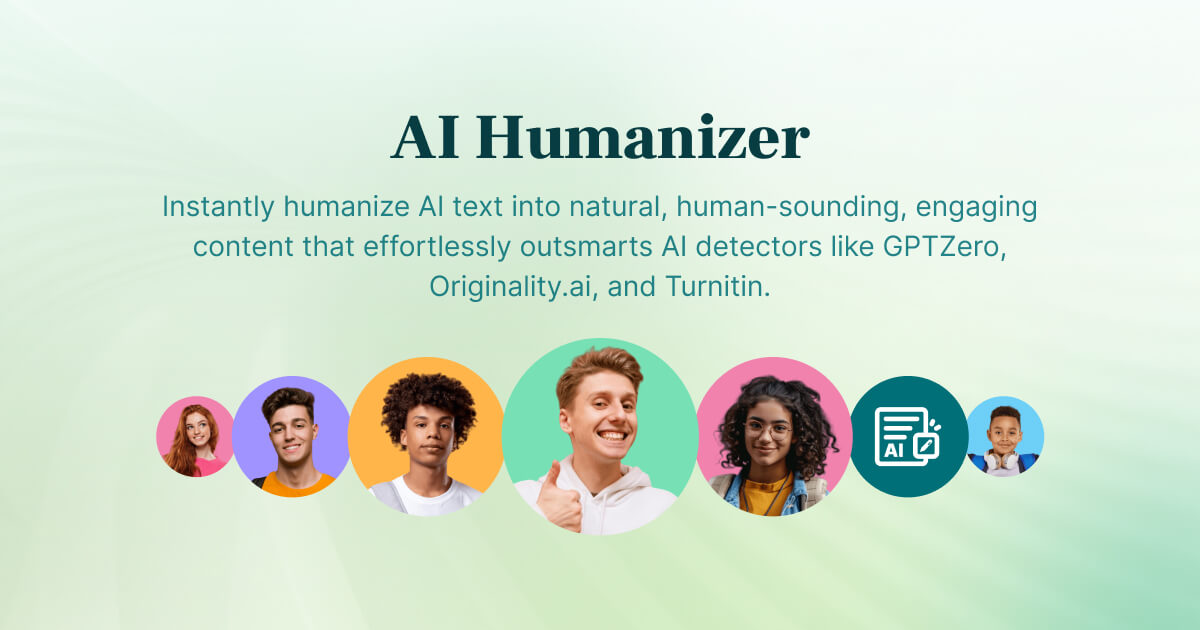Synthetic Intelligence (AI) has produced significant strides in recent years, but certainly one of its most profound affects is the way it's transforming human communication. With the development of ai humanizer , engineering now seeks to emulate mental intelligence, concern, and nuance, providing a far more human-like factor to equipment interactions. That shift is not only redefining standard transmission resources but also reshaping how we engage and connect in personal and skilled spaces.
AI humanizers power advanced organic language control (NLP) technologies and device learning methods to read and react with emotional depth. Unlike conventional AI programs that depend on fundamental knowledge processing, AI humanizers strive to comprehend tone, context, and even objective in communication. For example, AI-driven resources are today answering not only with appropriate responses, but with empathy, acknowledging feelings like disappointment or pleasure predicated on a person's tone or word choice.
A significant place where that change is visible is client service. AI-enabled chatbots and virtual assistants have changed from providing universal responses to very personalized and emotionally conscious interactions. Statistics reveal that 70% of customers now choose conversing with chatbots that can show psychological intelligence and resolve issues in an even more “human” manner. This growth not only improves customer care but also leads to stronger brand commitment and retention.
The skilled office is yet another room where AI humanizers are emerging as game-changers. They are helping businesses bridge national and linguistic breaks by offering real-time translations imbued with national nuances. Video conferencing instruments with AI-based live transcription and sensation recognition are permitting more inclusive and successful interaction among globally distributed teams. Over 60% of organizations using such instruments report increased venture and reduced instances of miscommunication.
AI humanizers are also transforming fields like training and emotional health. Electronic tutors designed with mental intelligence can target understanding activities centered on a student' ;s feelings or involvement levels. Equally, intellectual wellness apps that employ AI humanizers can provide empathetic, covert support to customers throughout times of pressure or panic, easily filling spaces where human counselors are unavailable.
The rise of AI humanizers does not come without challenges. Issues about moral use , information solitude, and over-reliance on AI stay key debates even as we transfer toward more human-like AI interactions. However, the tendency is obvious – AI is no more just about calculators and automations; it's about relationship, understanding, and psychological intelligence.

The interesting potential of AI humanizers is driving the boundaries of what technology can achieve. This era of AI-driven conversation supports claims of deeper understanding, improved problem-solving, and greater associations for individuals and firms alike.
